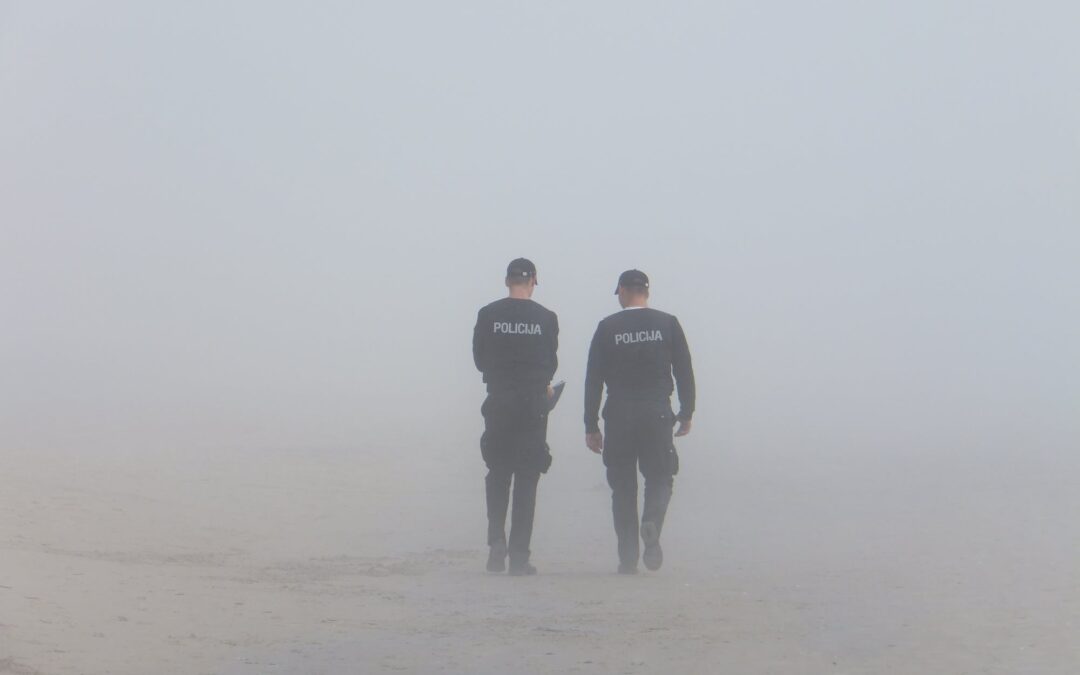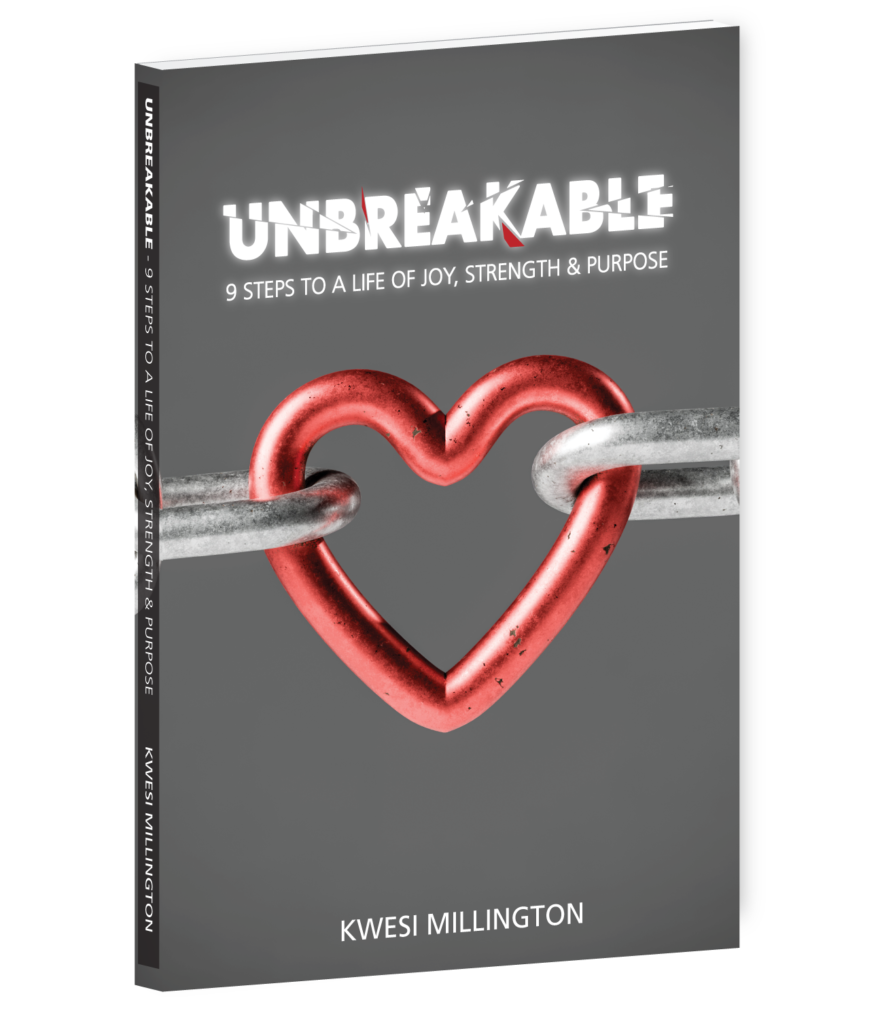There’s an inconvenient truth floating in the air. No one wants to admit it. They think it, but they will not admit it.
Here it is: When someone dies after an interaction with the police, sometimes that person had a hand in their own demise.
What’s inconvenient about that truth?
People are afraid to speak ill of the dead.
People are afraid to admit publicly that though the police could have acted differently, the perpetrator also had options that would have created a different result.
People are afraid to say that the “victim” wasn’t totally innocent.
I AM NOT.
Why? Because here’s what happens when no one speaks about this…
Police officers are attacked without provocation.
Calls for police defunding are demanded.
Cops lose their jobs and go to jail unjustifiably.
How do I know? Because all of this happened to me.
On October 14, 2007, I responded to a call of a man causing a disturbance at Vancouver Airport. You can read the entire story in Curt Petrovich’s book, Blamed and Broken, and my own, RISE. Here’s a synopsis: I, along with three other officers, attempted to communicate with a man who had destroyed airport property. He picked up a stapler, opened it and took what we call in the policing world a “combative stance”. Training kicked in, I tasered him, and we fought to get him under arrest with bystanders watching (and one filming). Post-arrest, he tragically died of heart failure.
I experienced two very different reactions to this situation. The first narrative went like this: Innocent, polish immigrant just trying to meet his mother in Canada was confused and scared. The big, bad police officers, especially that 6’ tall black one with the Taser (yes, the word nigger was used in some lovely emails I received), beat up and electrocuted that poor man to death. Those cops murdered that man and deserve to go to jail (or worse).
Narrative number two, the much quieter response, went like this: Man breaks stuff at airport, doesn’t listen to the cops, tries to fight them, gets tasered and unfortunately dies. This is sad, but the cops did what they had to do.
Yes, most of the second narrative came from police officers and use of force experts. But here’s what’s interesting: witnesses at the airport, with NO policing background, also backed up the second narrative – initially.
However, the media is a monster. Most people are brainwashed to believe what they see on television. So true to zombie form, I witnessed many start to change their stories over to narrative number one. They will say that it was of their own volition, but that’s the beauty of media brainwashing – a great story changes minds. And the poor, innocent immigrant vs the big, bad cops is an irresistible one.
And what are the essential elements of this story? The parts you must leave in – and more importantly – the parts you must omit?
Here’s what you must leave in:
- A backstory of our victim overcoming adversity or positive striving
- Heartfelt footage of family members grieving and/or demanding justice
- Statements made about the victim’s personality, often presumptive
- A narrative of unjustified use of force by police including any facts that lend more drama to this claim
- A picture that engenders compassion from the public
- Bonus: Celebrity endorsement of and support for the victim
Here’s what you MUST omit:
- Any positive attributes or facts about police officers, especially the ones in question. They MUST remain inhuman.
- Any part of the story or background that may lead to a conclusion that the use of force may have been justified.
- And here’s the major one….ANYTHING that serves to denigrate or destroy the character of the victim, even if it’s the truth.
Now you are fine to stay with narrative number one when you hear a story of “police brutality”. The narrative that says that excessive force was used, racism is obvious, or the police response was unjustified. But before you do that, look at the entirety of each case. There is often a huge disparity between what you’re informed of, and the whole truth.
If you were to look into the cases of some of the most highly publicized cases in the past year, you would see claims of police brutality, racism, and innocent victims.
What you won’t see are the full narratives of the backgrounds of each situation, as well as the explanations of the use of force that – in many cases – actually turned out to be justified.
You won’t see the shady pasts of some of these “victims” nor how they could have prevented their own deaths by taking reasonable actions that 99% of the public would have done in the exact same situation.
And you won’t be informed of the actual backgrounds of many of the officers involved, much of which would likely actually disprove any allegations of racism or a history of using force.
Why? Because the media wants to be your information strainer. They want you to believe a certain version of these events. They have a story to sell, and they need to make sure you buy it wholeheartedly.
And you ARE buying it. Most people are. And it’s a shame because letting the media write your narrative of the truth is like letting the cashier at your local grocery store buy your food for you. Just as you wouldn’t let that happen, make sure you walk through “the aisles” of information and pick out all of the facts yourself.
Stop letting the media monster be your information strainer. Before you make an “informed” decision, ensure that you truly have all of the information.



I just got out of sleep and Im already reading your blog. It signifies something! Really useful blog. Thank you!